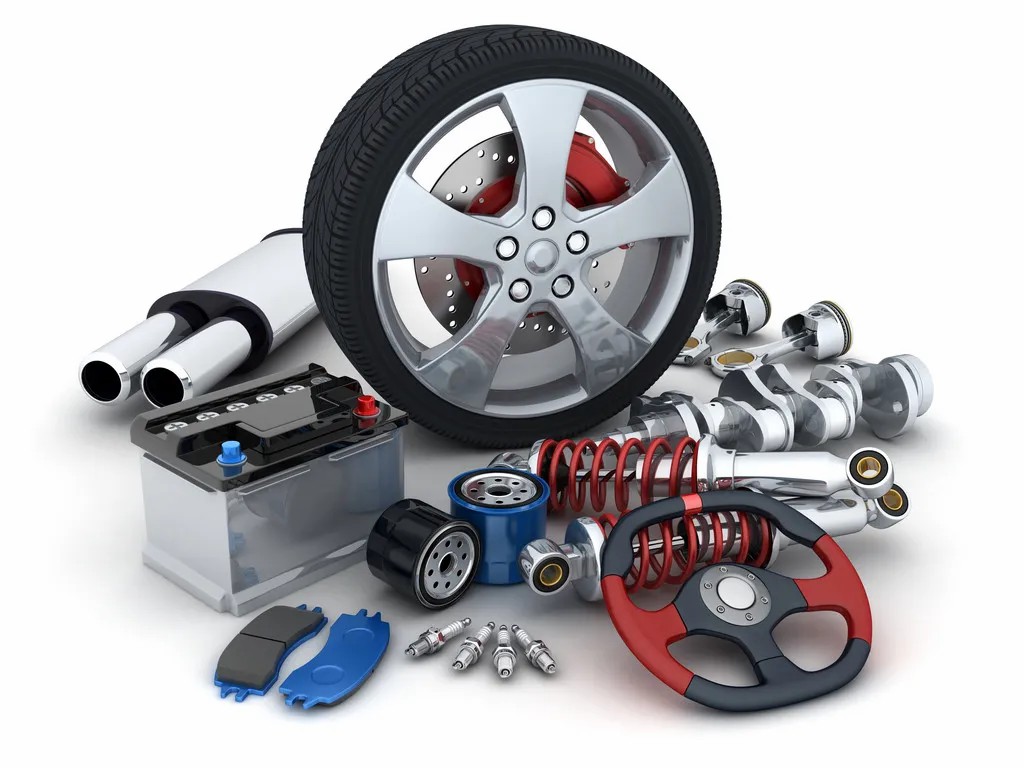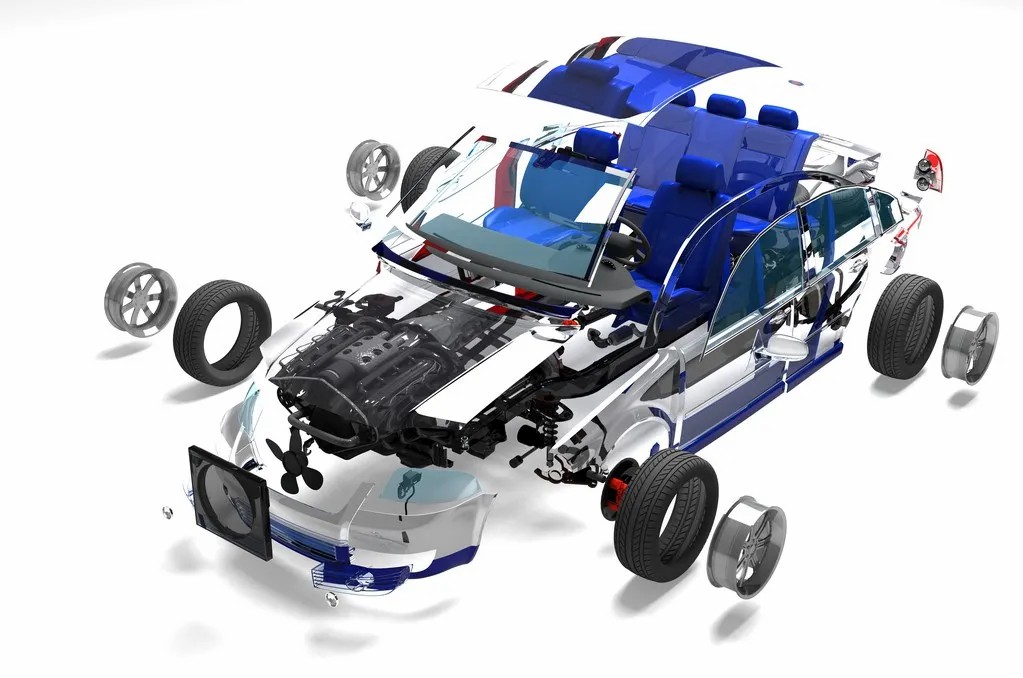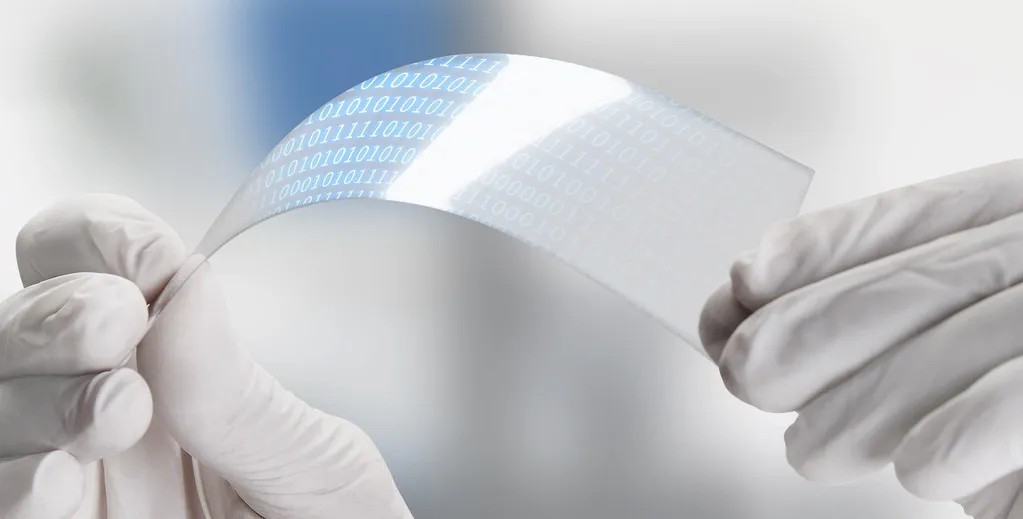You are the ideal flame retardant material for auto parts!
 Date:2022-02-15
Date:2022-02-15 Views:871
Views:871
One of the key trends brought about by the rapid development of the automotive industry is lightweight. Nowadays, the application of various modified plastics, composites and light alloy materials is becoming more and more mature. All kinds of plastics can be seen both around the traditional automobile engine and on the power battery of new energy vehicles.
For auto parts
Future development direction of flame retardant plastics
The performance of these materials on the safety issue of flame retardant is not satisfactory. Therefore, the discussion of flame retardant and its related industries in recent years is also noisy.
Today, let's take a look at the future development direction of flame retardant materials and the applications of various flame retardant materials from the perspective of auto parts.

To get straight to the point, let's draw a conclusion first.
At present, the common types of flame retardant materials used for auto parts include PP, PA, PU, PC and ABS materials, as well as various modified materials and composites composed of them.
Compared with traditional fuel vehicles, new energy vehicles have added battery pack modules, charging piles, charging guns and other components. The use of engineering plastics for battery pack modules of a single new energy vehicle is about 30kg. At present, the plastic shell of new energy vehicles mainly uses modified PP and high-temperature resistant plastics such as modified PPS and PPO.
Due to the high use standard and harsh use environment, the charging pile has a great demand for engineering plastics. Each charging pile needs about 6kg of engineering plastics. At present, the common ones are PBT, PA and PC.
With the increase of car ownership, auto spontaneous combustion accidents also emerge one after another. Therefore, when the material is applied to automobile parts, we must consider whether the flame retardant and fireproof performance of the material can meet the national standard.
Generally speaking, when preparing flame-retardant plastics, the limiting oxygen index LOI will be increased to about 25-35%, so as to effectively improve the overall safety index of vehicles.
In addition, with the dual background of electrification and carbon neutralization, plastics, which are made of petroleum, and various halogen containing flame retardants, will be subject to more restrictions.
Therefore, the development direction of flame retardant plastics in the future, in addition to the need for sufficient mechanical properties to meet the demand for lightweight, electric vehicles and other fields will also need materials to pay attention to the requirements of flame retardant, electrical, processing and environmental protection.
Flame retardant material
Application in auto parts
At present, the application of polymer materials can be seen everywhere in automobile parts such as automobile load-bearing parts and battery packs of new energy vehicles. The application of polymer materials in vehicle parts and the need to improve vehicle safety promote the development of flame retardant polymer materials.
At present, flame retardant polymer materials mainly include PP, PU, ABS and PC. according to the special needs of auto parts, there are also composite materials (alloying), PA, PBT and PMMA.

Flame retardant PP
PP is the polymer material with the largest amount in vehicle plastics. It has excellent chemical corrosion resistance, simple processing process and low cost. At present, it is widely used in automobile instrument panel, battery pack shell, door guard, column, seat guard, bumper, etc.
However, due to the poor flame retardancy of PP without flame retardant, its LOI is only 17 Very easy to burn 8%.
The research on PP for automotive flame retardant at home and abroad mainly focuses on the modification of polypropylene matrix. At the same time, by adding low toxicity and halogen-free flame retardant, polypropylene composites with excellent mechanical properties and flame retardant effect are developed to meet the flame retardant requirements of automotive parts.
At present, the flame retardants suitable for PP are mainly additive flame retardants, and halogen flame retardants (such as bromine flame retardants and bromine antimony synergistic flame retardant system), inorganic filling flame retardants (such as magnesium hydroxide and aluminum hydroxide), phosphorus nitrogen systems (such as MPP, app, MCA, phosphonitrile, phosphate ester, etc.) and intumescent flame retardants (IFR) are widely used.

As we said above, with the implementation of stringent environmental protection policies, halogen-free flame retardants for polymer materials is the general trend.
Combined with specific cases, there are already examples of preparing LGF reinforced halogen-free flame retardant polypropylene battery cells with PP as matrix, long glass fiber (LGF) as filling material, phosphorus nitrogen halogen-free intumescent flame retardant, MCA, etc.
In the preparation process, LGF masterbatch and halogen-free flame retardant masterbatch were prepared by double masterbatch preparation method, and the flame retardant PP products were prepared by direct injection molding after they were mixed evenly.
The preparation method of double masterbatch avoids the degradation of flame retardant caused by excessive shear zone temperature and the decline of mechanical properties caused by short glass fiber length in the manufacturing process of long glass fiber masterbatch.
Among the halogen-free modification technologies of flame retardant PP, IFR is considered to be one of the best development directions in Halogen-free Flame Retardant PP because of its advantages such as minimal impact on PP processing fluidity and low density, excellent flame retardant efficiency, low dosage, low smoke and non toxicity.
Flame retardant PP started late in China, but developed rapidly. In particular, the rapid growth of new energy vehicle industry in recent years has directly promoted the rapid growth of the demand for flame retardant pp. many domestic universities, scientific research institutions and enterprises have participated in the development of flame retardant PP for vehicle parts.
In the future, the research of flame retardant PP for vehicles will focus on high efficiency and environmental protection. Flame retardant PP materials with excellent performance will be developed by selecting halogen-free flame retardants, intumescent flame retardants, phosphorus nitrogen flame retardants and compound flame retardants combined with other additives.
Flame retardant ABS
Before the rise of the automobile industry, ABS was also one of the largest household appliance polymer materials in the world. According to incomplete statistics, about 80% of ABS consumption in China comes from the field of household appliances, which is mainly due to the excellent surface coating performance, durability and anti-corrosion of ABS.
It is also these characteristics that make ABS a typical in the field of automobile coating. However, the molecular structure of ABS resin has only three elements: C, h and O, so it does not have flame retardant performance. It has poor stability at high temperature and is very easy to burn. At the same time, pungent smell and black smoke will be produced in the combustion process, which can not be directly used for auto parts.
At present, the main application direction of ABS is through flame retardant or high temperature resistance modification, or mixed with PC to form PC / ABS Composites, which will also be introduced in detail below.
For ABS, halogen flame retardants have high flame retardant efficiency, and the flame retardant effect of bromine is better than that of chlorine. Although halogen flame retardant has low cost and good effect, practitioners know that halogen flame retardant will face great pressure from policies and environmental protection regulations in the future.
Therefore, flame retardant modification of ABS is still an important research and development direction. However, brominated flame retardants are still the most mainstream choice for the application scenarios with strict flame retardant standards. It is reported that about 70% of ABS used in electronic and electrical products use bromine flame retardants.
PC / ABS has both advantages, better HDT and stability, and better processing performance. At present, it is the plastic alloy with the largest output and the most mature technology. It is also one of the most widely used materials in the field of auto parts. PC / ABS materials are used in parts such as automobile instrument panel, battery pack, body and interior decoration.
However, it should be noted that there is still "1 + 1 < 2" in some indicators: PC itself is a self extinguishing material, and UL94 can reach V2 level, but the flame retardant performance of PC / ABS has decreased and needs to be supplemented.
At present, in addition to halogen and phosphorus systems, the development direction worthy of attention also includes nano flame retardants, such as nano antimony trioxide, aluminum hydroxide, magnesium hydroxide and nano layered double hydroxides.
Flame retardant PC

As we just said, PC itself has certain flame retardancy, and has certain advantages over other polymer materials (such as PE, PP, etc.), with LOI of 21-24%. However, in the application field with relatively high flame retardant requirements for auto parts, its flame retardant performance is still incompetent, and it still needs to be modified.
Brominated flame retardants can significantly improve the flame retardancy of PC. decabromodiphenyl ether (DBDPO) and tetrabromobisphenol A (tbb-pa) are commonly used. However, flame retardant materials containing bromine are easy to decompose at high temperature to produce corrosive gas, which will damage auto parts.
In addition, the addition of brominated flame retardants will seriously affect the transparency of PC and do not meet the requirements of EU halogen-free and environmental protection policies. At present, TPP, RDP and BDP are the most widely used phosphorus flame retardants in industrial PC products.
Among them, TPP is solid at room temperature, has poor thermal stability, is easy to volatilize at PC processing temperature, and only plays the role of gas-phase flame retardant. RDP and BDP are liquids at room temperature, which have good thermal stability and can play the role of gas-phase and solid-phase flame retardation at the same time. At the same time, BDP has good compatibility with PC and can play the role of accelerating hardening. Therefore, PC + BDP system has become a more widely used system, and the addition ratio of BDP is about 10%.
In addition, silicon containing compounds, as a new generation of environmental friendly flame retardants, have attracted more and more attention because of their high efficiency, low toxicity, no pollution and less impact on the processing and physical properties of PC, such as polysilane, polysiloxane and so on.
PC for auto parts is also approaching halogen-free environmental protection when selecting flame retardant. The comprehensive performance of PC can be improved by adding a variety of additives or preparing composite flame retardant. In addition, PC is also the best choice to improve the processability and flame retardancy of PC by forming composite materials with ABS, PBT, etc.
Other flame retardant materials
PP, PU, ABS and PC are flame retardant polymer materials mainly used in the production of auto parts. In addition, the composites prepared by melt blending of two or more polymer materials are also one of the most widely used materials, such as PC / ABS, PC / PBT, PC / FR composites, etc.
In terms of specific cases, polymaker has launched three PC based 3D printing materials for the production of vehicle parts. The three products are polymaker pc-abs, polymaker pc-pbt and PolyMax pc-fr. these three products have their own characteristics and have good performance in heat resistance, impact resistance, easy processing and flame retardancy.
Polymaker pc-pbt in costron makroblend ® Improved on the basis of series products to improve the comprehensive properties of materials. Similarly, PolyMax pc-fr was created in costron Makrolon ® The flame retardant performance of the product has been greatly improved, so that the material UL94 reaches V0 level. The material is used in the battery shell of new energy vehicles.
Research focus of flame retardant materials in the future
Study on flame retardant theory
According to the characteristics of the application field of auto parts, relevant researchers should apply the research methods, mechanisms and standards of flame retardant materials to the research on the flame retardant properties of automotive polymer materials, and explore how to improve the flame retardant properties of automotive polymer materials.
Development of flame retardants for high performance plastics
The flame retardants used for supporting polymer materials of auto parts should develop towards halogen-free and high-performance in the future, and the research focus of high-performance flame retardants will develop towards compound synergistic flame retardant technology, halogen-free flame retardant, intumescent flame retardant, ultra refinement, nano technology, high-efficiency surface chemical modification technology and multifunctional technology.

Material improvement and optimization of auto parts
At present, there is still a high technical threshold for modified plastics in China, which not only improves the standards of basic requirements such as strength, hardness and toughness, but also puts forward new requirements in terms of electrical performance, health and safety performance and environment-friendly performance. High score sub materials for auto parts will also develop towards high-end performance and customized function.
High performance flame retardants alone are not enough, but also need to be improved in various special properties in order to improve the comprehensive properties of flame retardant polymers for auto parts.
Strengthen and promote the legislation of flame retardant materials and products
At present, there are no relatively sound laws, regulations and test methods in the field of automotive flame retardant. In order to better serve and promote the development of automotive flame retardant industry, it will be of great significance to formulate more effective test methods and product regulations for flame retardant polymer materials for automotive parts.

 Wechat scanning communication
Wechat scanning communication